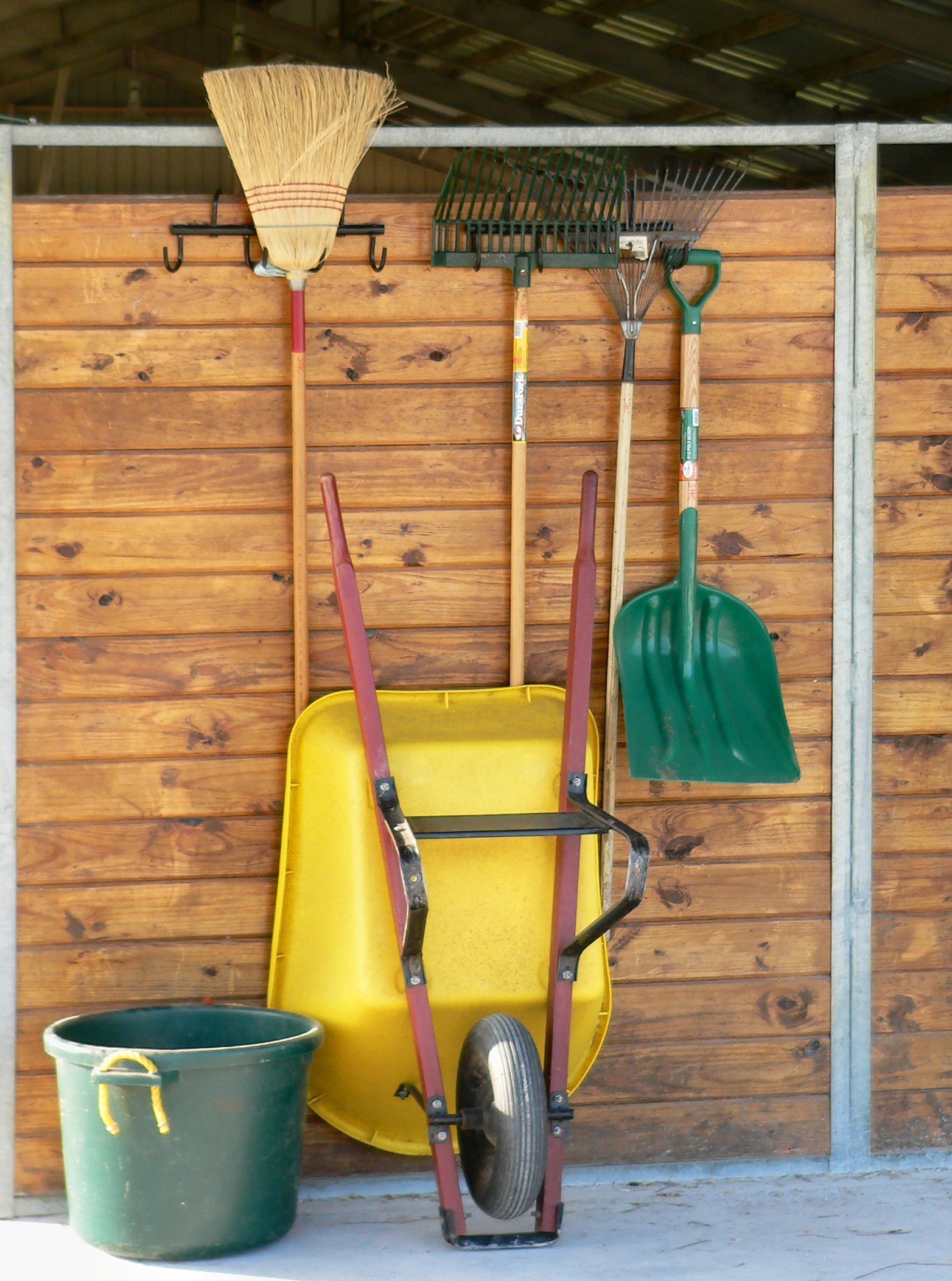Cleaning and disinfection are important to protect your animals, business, and customers. For conventional farms, there are many synthetic products available to kill microorganisms. However, there are strict rules about what can and cannot be used for organic and alternative farms. Read on to learn more about how to properly protect your organic/alternative farm!
Cleaning, disinfecting, and sanitizing are all different. Cleaning removes visible debris like manure, dirt, and feed. Sanitizing is the next step up and removes bacteria from surfaces. Disinfection destroys germs and is the final step.
It’s most important to focus your cleaning and disinfection on the areas and items used for animals. This includes pens, stalls, and handling equipment. Heavy machinery, vehicles, and trailers used for animal transport should be cleaned and disinfected before traveling between animal areas. Your footwear is also important- remember to clean your shoes/boots after leaving areas where animals are kept, especially sick animals. This process should include a wash, scrub, and rinse, followed by a disinfectant. Finally, don’t forget to clean the tools you used in cleaning and disinfection to remove any germs they picked up in the process!
Before you get into cleaning and disinfection, it’s important to check The National List of Allowed and Prohibited Substances to ensure your products are allowed on USDA-certified organic and alternative farms. Generally, non-synthetic or “natural” substances are allowed, and synthetic substances are not. Always remember that all products used on USDA-certified organic farms, including those used for cleaning and disinfection, must be approved by the organic certifier and listed in the producer’s Organic Systems Plan (OSP).
A couple of common household products are allowed for use on organic and alternative farms: white vinegar and bleach. Vinegar is non-toxic and non-irritating. A solution of one part vinegar to one part water can be mixed in a spray bottle and used for general cleaning. It is recommended to let this mixture sit on the surface you are cleaning for 10 minutes. As with other cleaners and disinfectants, make sure to remove all organic material first, as dirt, hair, hay, and other materials can make them less effective.
Liquid chlorine bleach is cheap, available, and effective as a disinfectant. Bleach solutions are a common method of disinfection on organic, alternative, and conventional farms! For general disinfection, add 1/3 cup of bleach to one gallon of water. This mixture should be made fresh each day. While vinegar and bleach are both allowed substances on organic and alternative farms, never mix bleach and vinegar as it will release toxic chlorine gas.
Proper cleaning and disinfection can help keep your animals and customers healthy, building trust and your business. With the regulations on products used on organic and alternative farms, understanding what you can use is just as important as understanding how to use it. To learn more about cleaning and disinfection as disease prevention measures, review some helpful tips from The Center for Food Security and Public Health.
Cleaning and Disinfection Resources
National List of Allowed and Prohibited Substances (Code of Federal Regulations)
eOrganic. Cleaning and Disinfecting in Organic Poultry Production
USDA-Organic: The Use of Chlorine Materials in Organic Production and Handling
CFSPH Cleaning and Disinfection Biosecurity Tip Sheets
CFSPH Disinfection Resources, including Disinfection 101
Clorox- Bleach Dilution Ratio Chart for Disinfecting
Approved Disinfectants for FMD Virus
NSF- Reliable and Scientific Tips for Cleaning with Vinegar
Grove Collaborative- Don’t do it!: Mixing bleach and vinegar for cleaning
Healthline- Why You Should Not Mix Bleach and Vinegar While Cleaning
Biosecurity for Organic Livestock Producers
USDA – Organic Regulations for C&D
Lung-Safe Resources:
Lung Health Institute – Choosing Household Cleaning Products With COPD
Treating Symptoms of Chronic Obstructive Pulmonary Disease with Essential Oils
How to Clean Your House When You Have COPD
DIY Your Own Asthma-Friendly Cleaning Supplies
Home Cleaning Tips for Allergic Asthma
Canadian Lung Association – Scents

